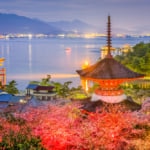Name: Aragi Island
Address: Shimizu, Aridagawa Town, Arida District, Wakayama Prefecture
Official/Related Site URL: http://www.town.aridagawa.lg.jp/kanko_map/meisho/1219.html
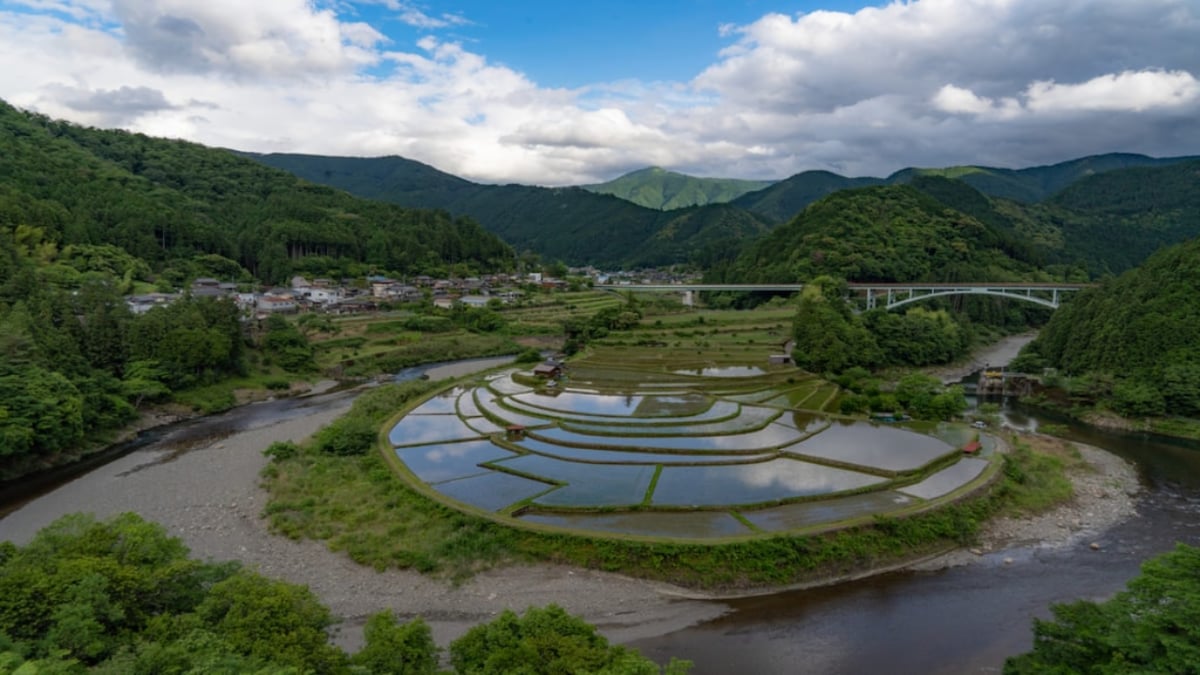
5 unique spots in Aridagawa Town, Wakayama Prefecture, where you can enjoy nature and history
Located in the center of Wakayama Prefecture, this town has flourished near the Arida River, just as its name suggests. Because the Arida River flows in a rather unusual shape, Aridagawa Town also has some unique sightseeing spots.
There are many temples, some of which are designated as Important Cultural Properties or Prefectural Cultural Properties, allowing visitors to truly feel the history. Unique landscapes and experiences that can only be found here are waiting for travelers even today.
table of contents
[x] close
5 unique spots in Aridagawa Town, Wakayama Prefecture, where you can enjoy nature and history
1. Aragi Island
Officially named Ranshima. Selected as one of the "Top 100 Terraced Rice Fields in Japan" by the Ministry of Agriculture, Forestry and Fisheries, one of the "Top 100 Scenic Views to Enjoy Nature in Kansai" by the Global Environment Kansai Forum, and one of the "Top 100 Sunrises and Sunsets in Wakayama Prefecture" by the Wakayama Tourism Federation, this spot is a symbol of Aridagawa Town.
Though it's inland, it's called an island due to its distinctive geographical shape. Located along the Arida River within the town, it sits where the river curves into an Ω-shape, making it appear like an island floating within the river. (Geographically, this is known as an entrenched meander.)
Because of its unique shape, the view of the Arida River and former Shimizu Town from across the bank is featured in many tourism brochures and is widely recognized as a symbol of Aridagawa Town. Many travel enthusiasts visit Aridagawa just to see this scenery. Though it requires a bit of walking to reach, the distinctive landscape makes it worthwhile.
2. Aridagawa Railway Park
Located on the way to the roadside station in Aridagawa Town is this railway park. The park’s greatest attraction is that visitors can view the D51 locomotive—an extremely famous train known by all railway enthusiasts. Its black, powerful appearance evokes a sense of charm, historical weight, and the inherent beauty of railway vehicles.
Originally, the Arida Railway greatly contributed to the development of railway lines in this region, including Aridagawa Town. To preserve the legacy of the Arida Railway for future generations, a maintenance plan was formulated, and the Aridagawa Railway Park was established on town-owned land in 2010.
Even now, despite the line’s discontinuation, this railway park continues to stir nostalgia in the hearts of Aridagawa residents, offers historical railway experiences to train lovers, and provides a sense of romance for many visitors.
Name: Aridagawa Railway Park
Address: 124-1 Tokuda, Aridagawa Town, Arida District, Wakayama Prefecture
Official/Related Site URL: http://www.town.aridagawa.lg.jp/kankokyokai/sansaku/ikoi_sansaku/1609.html
3. Michi-no-Eki Shirama no Sato
As a roadside station, Shirama no Sato is a compact facility featuring mainly a souvenir shop. The shop primarily sells local specialties of Aridagawa Town such as grapes and mandarin oranges. The station is also positioned as a hub for promoting interaction between the town’s residents and urban communities through the sale and exhibition of local products.
As suggested by its founding purpose, this roadside station has consistently attracted a certain demand from tourists as a stopover. Its convenient location is a bonus—not only is it surrounded by rich natural scenery, but it is also situated near many of the area’s sightseeing spots, such as Shirahama Falls, the Kishu ruins of Saint Myoe, and Tsugi-no-Taki Falls—making it an ideal place for car travelers to stop and rest.
The area nearby is a production site for Arida mandarins and also offers events like grape picking, drawing many tourists every year.
Name: Michi-no-Eki Shirama no Sato
Address: Uidokoke, Aridagawa Town, Arida District, Wakayama Prefecture
Official/Related Site URL: http://www.kkr.mlit.go.jp/road/michi_no_eki/contents/eki/w08_shiramanosato/
4. Jokyoji Temple
One of the temples in Aridagawa Town with a long history. Officially known as Nishiyama Jodo Sect Jokyoji Temple, it is conveniently located near the Arida IC. The temple grounds are well-maintained, and its grand architecture is particularly striking compared to other temples.
Jokyoji Temple is especially known for its famous Butsu Nehan-zu (Buddha’s Nirvana Painting). The Saishoji Temple, associated with Saint Myoe, a historical figure connected to Aridagawa Town, was abolished in the 16th century. This Nirvana Painting was passed down to Jokyoji Temple afterward. It features 16 arhats mourning the death of Shakyamuni Buddha and is designated as a nationally important cultural property.
This fact alone attests not only to its historical importance but also to the remarkable preservation condition. Although it was designated as a national cultural property during the Meiji era, the painting itself is believed to date back to the early Kamakura period. It has been carefully stored in the temple’s repository ever since, retaining a condition close to its original. Being able to view such a valuable piece at this temple is another highlight of sightseeing in Aridagawa Town.
Name: Jokyoji Temple
Address: 542 Nagata, Aridagawa Town, Arida District, Wakayama Prefecture
Official/Related Site URL: http://www.town.aridagawa.lg.jp/kankokyokai/sansaku/rekishi_sansaku/436.html
5. Yakuoji Temple
A structure from the Muromachi period, this temple features a tiled roof and a Kannon Hall built in the hip-and-gable style. Nestled deep in a wooded temple precinct, the Kannon Hall (main hall) and the seated wooden statue of Amida Nyorai enshrined inside are designated as important cultural properties of Japan. This temple has long been known as a place to ward off misfortune, and many visitors—from local residents of Aridagawa Town to pilgrims from afar—come here each year to seek protection from misfortune.
What stands out most is the Horuto no Ki tree planted in front of the temple’s main hall. There are no reference materials regarding its age or origin, but this large evergreen tree is a symbolic presence of the temple. Mainly distributed in Honshu west of Chiba Prefecture, as well as in Shikoku, Kyushu, and Okinawa, the trunk of the Horuto tree at the temple features a large hollow, and it is known as Yakuoji’s Horuto.
Name: Yakuoji Temple
Address: 746 Ogawa, Aridagawa Town, Arida District, Wakayama Prefecture
Official/Related Site URL: http://yakuouji.net/
◎ Summary
We have now introduced all of the sightseeing spots in Aridagawa Town, Wakayama Prefecture. Due to the somewhat unique terrain, some places may be difficult to access, but there are many sightseeing spots worth visiting as a result.
Additionally, the roadside stations and other rest areas along the way are well-equipped, allowing for a fulfilling travel experience with opportunities to buy souvenirs or take commemorative photos. Whether it’s buying local products or touring historic temples, there are many ways to enjoy the trip. Whether you’re traveling with family or in a small group, why not consider creating a travel plan tailored to your style?
RELATED ARTICLES
REGIONS
CATEGORIES
FEATURED ON Wakayama
-

Taiji Town, Wakayama Prefecture: The Birthplace of Japanese Whaling! 5 Recommended Whale-Related Tourist Spots
-

[Shirahama Town, Wakayama Prefecture] Sandanbeki Sightseeing Guide | Experience the Overwhelming Power of the Sea
-
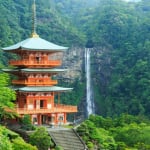
Savor Fresh Tuna in a Town of Mysterious World Heritage! 7 Must-Visit Tourist Spots in Nachikatsuura
-
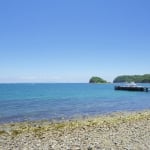
6 Must-Visit Tourist Spots in Kada, Wakayama
-
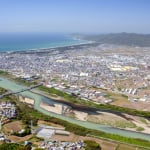
6 Must-See Scenic Spots in Mihama Town That Will Take Your Breath Away from Lighthouses and Clifftops
MOST POPULAR ON Wakayama
-
 1
1Doha: Must-see Attractions in the Capital of Qatar
-
 2
2Toronto: 10 Things to do in this Picturesque Canadian City
-
 3
3Amarillo: A City Famous for It’s Amazing Canyons, Great History and Music
-
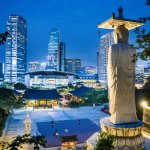 4
4South Korea: Dazzling Scenery, Rich Culture and Fascinating History
-
 5
5Kuwait: A Country in Middle East Asia Famous for Hot Sand Dunes and Stunning Cityscape





